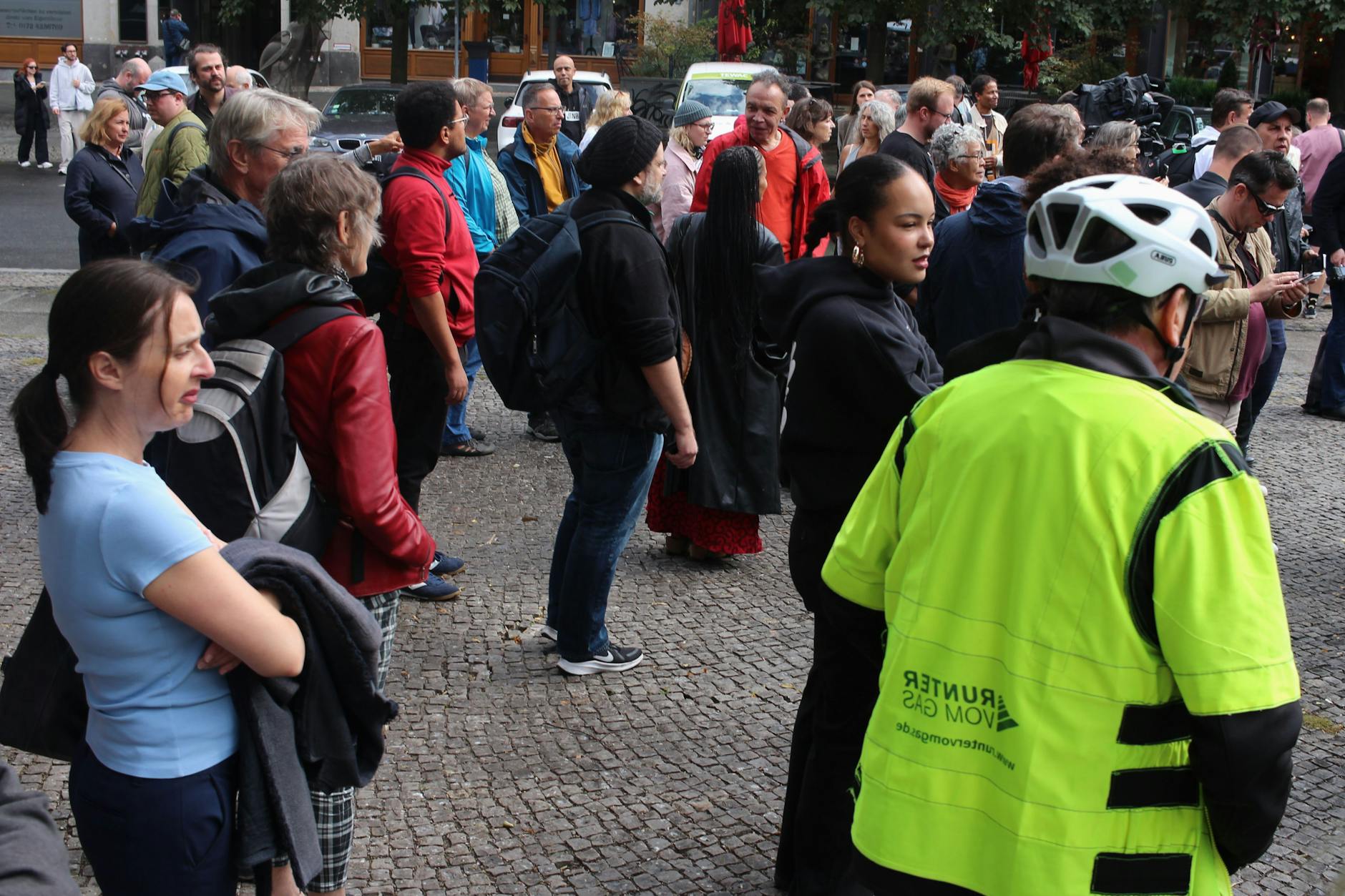The renaming of Mohrenstraße has been completed – everyday racism remains

Now it's no longer called Mohrenstraße. Since Saturday, the renaming has not only been legally approved, but has become a reality. The new name, Anton-Wilhelm-Amo-Straße, has been emblazoned at every intersection since then—resigned and erased with a bold red line, the old name Mohrenstraße underneath.
A provincial farce in the middle of the German capital? Not quite. The legal wrangling that has accompanied the name dispute for years reflects the difficulties Germans have with the changes in their present. Many hide behind etymological arguments: Mohr comes from Maure, and Moors are North Africans , Berbers, Moroccans—not sub -Saharan Africans. All as true as they are false. Whatever the linguistic root, Mohr has become a variant of the N-word, reduced to a single external characteristic: skin color.
Is there a White Street? A Long Nose Street? A Small Ear Street?
Far from 500 participantsThe "Amofest," which took place on Saturday afternoon in honor of the renaming of Berlin's Hausvogteiplatz, honored the event in a small circle. Even though a "leading media outlet in the capital" tried to make its readers believe it , there were fewer than 500 participants. Let's just say there were definitely 150 who gathered around the small stage between rain showers. But not much more. Is that a good sign? No. Will it get better if you sugarcoat it? Also not.
Those gathered reflected two sociotopes: Half were those affected, non-white Germans, most, if not all, of whom experience everyday discrimination. The other half were sensitized, white, ethnic Germans. The do-gooder contingent who have understood one thing: We are facing a task of the century.

The task of the century is to open up German identity to all skin colors. Non-white Germans have been growing up for decades: adopted children, offspring of cross-border love, immigrants and their children, grandchildren, and great-grandchildren.
Of course, the renaming is a victory, says a young woman who doesn't want to reveal her name. But will it curb everyday racism? She is more than skeptical. This is the moment when one would have wished for a discussion with counter-demonstrators. Where are the defenders of Mohrenstraße? They are sulking, licking their wounds. Those who wish for a white Germany in the future remain behind their walls. What a pity.
A white couple in their fifties passes the street sign that will later be unveiled in honor of Anton Wilhelm Amo. The man says, with emphasis, "Now we're going to Mohrenstraße." His fist clenched in his pocket, white Germany embraces change. Does no one understand how hopeless this is?
The fact that left-wing green celebrities are championing the issue is nothing new. They're making a pilgrimage to Decolonize Berlin's Amo festival: Tobias Schulze and Gesine Lötzsch from the Left Party, Bettina Jarasch from the Green Party, Philmon Ghirmai, and others. Still, doubts remain: Are they serious, or is this just another election campaign? Who thinks without racist ulterior motives in this country?
Forming German identity beyond skin color is a prerequisite for a shared future. This includes renaming a street in Berlin's Friedrichstadt district, between Hausvogteiplatz and Wilhelmstraße. Traditionalists should start thinking about this.
Berliner-zeitung




